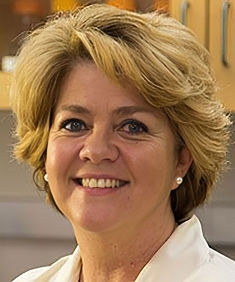
Each of us hosts a diverse ecology of microbes that have coevolved with our species, although they predate Homo sapiens by a mere 3.7 billion years. Responsible for carrying out many metabolic and protective functions, they take up residence in the mouth, digestive tract, ears, nasal passages, skin, and vagina. Acquired by age 3, such microbes have a big role in shoring up our immunity and allowing us to do battle with disease. Our microbiome keeps us healthy; parts of it, however, have gone missing. And there is an important culprit, in Blaser's view.
"When antibiotics were first discovered, they were so miraculous that people thought we could use them for everything," says Blaser, the author of the award-winning Missing Microbes: How the Overuse of Antibiotics Is Fueling Our Modern Plagues (Picador, 2015), which has been translated into 20 languages. "But nobody really considered what they may be doing to the microbiome. Now, it's clear that antibiotics do a lot. Nature has a design, and every time we interfere with it through medical intervention, there is a biological cost."
The biggest cost may occur during the formation of the microbiome, which takes place during a critical period—between birth and a child's third birthday, according to Maria Gloria Dominguez-Bello. She is a microbial ecologist who shares a research interest in the microbiome with Blaser, to whom she is married. They first collaborated more than 20 years ago when they investigated the ancestral roots of a bacterium known as Helicobacter pylori, a known cause of stomach ulcers. Dominguez-Bello is among the researchers who have demonstrated that children born by means of cesarean section are more susceptible to obesity, juvenile diabetes, and other chronic illnesses because they are not exposed to the beneficial bacteria lining the mother's birth canal
Read the full article at the SEBS/NJAES Newsroom